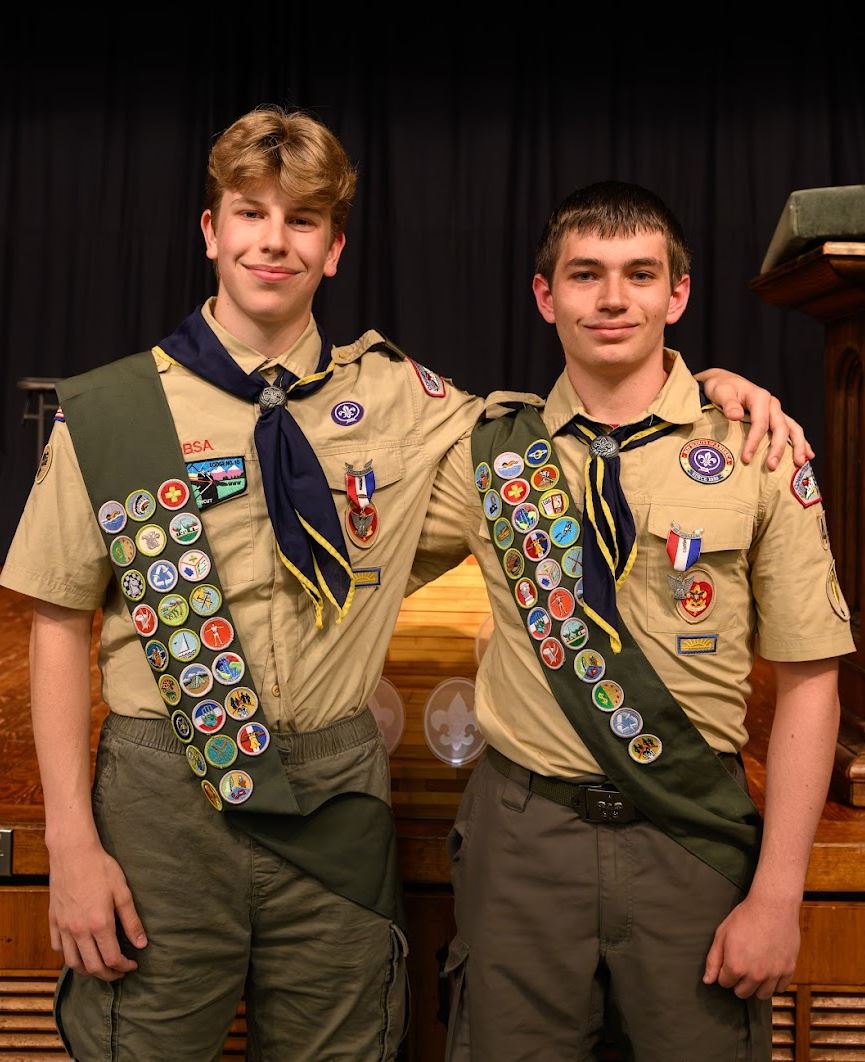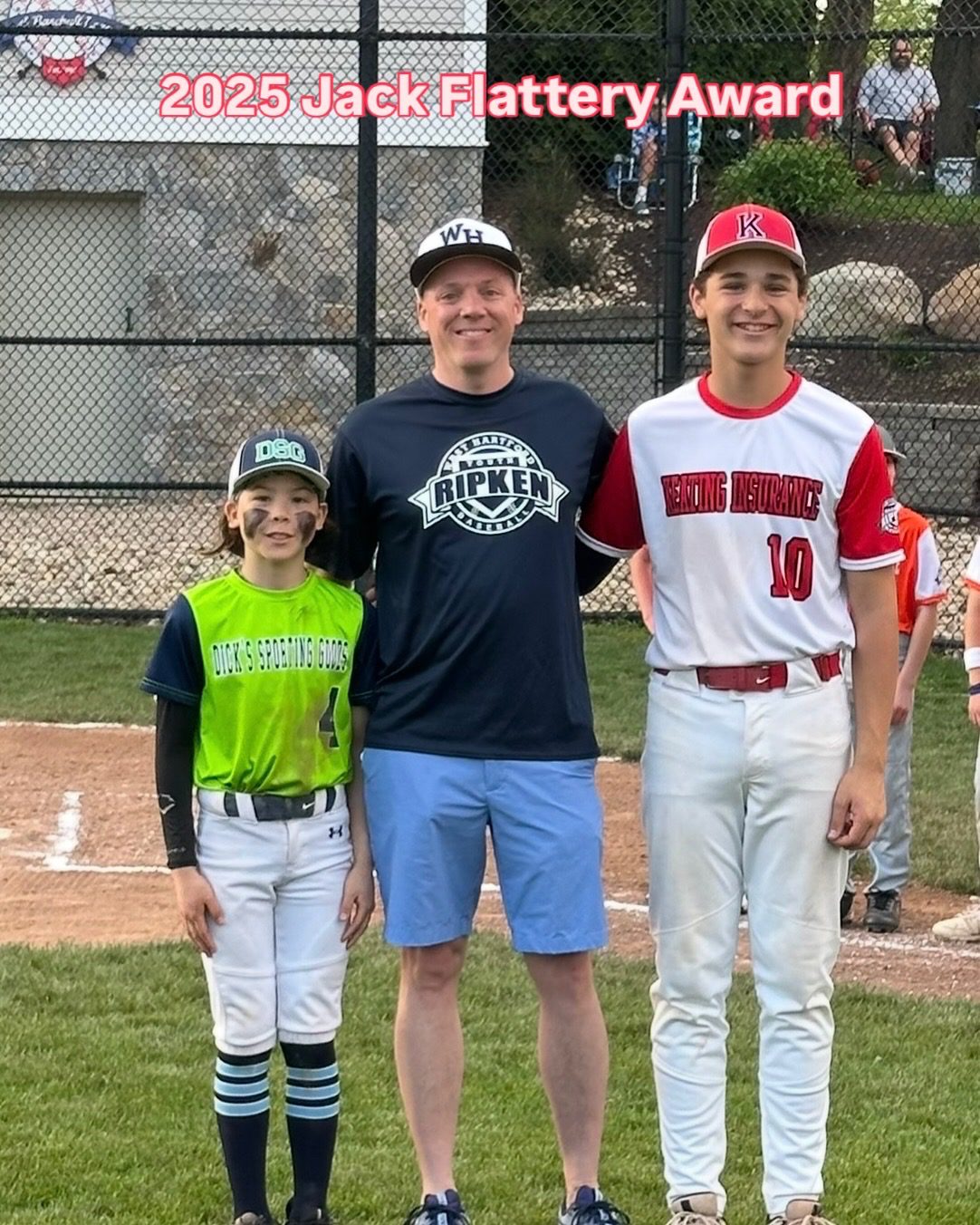Museums Continue to Struggle with Impact of Pandemic

Audio By Carbonatix
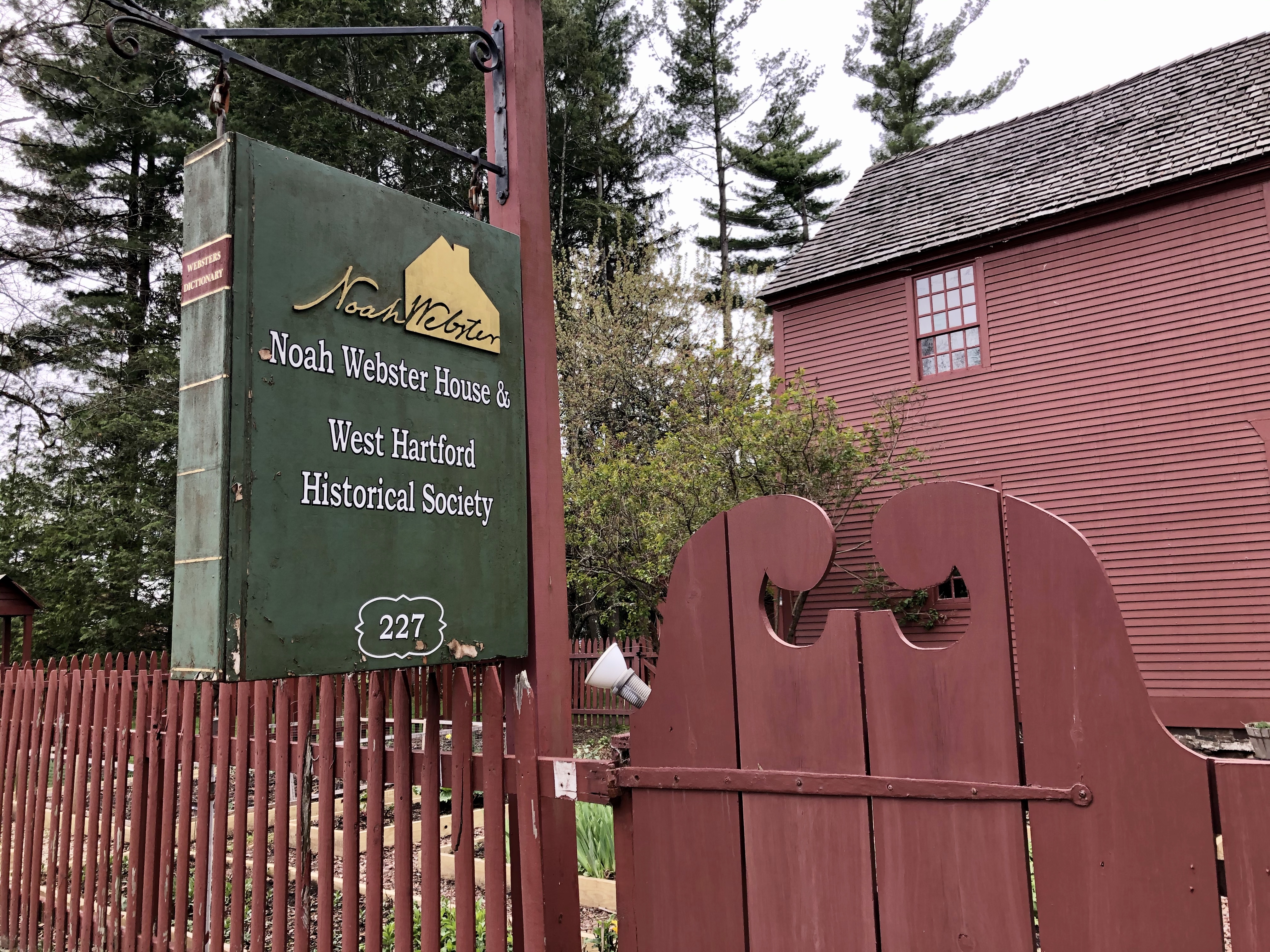
Noah Webster House. Photo credit: Ronni Newton (we-ha.com file photo)
The Mark Twain House has closed at least for the rest of November, and the Noah Webster House & West Hartford Historical Society is struggling to find new ways to bring in revenue.
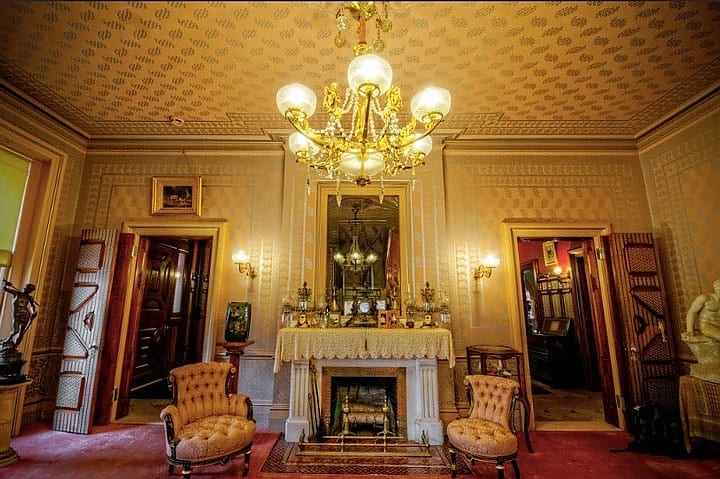
Mark Twain House. Courtesy of the Mark Twain Museum
By Kristina Vakhman, CTNewsJunkie.com
The Mark Twain House is undoubtedly one of Connecticut’s most memorable historical landmarks. But the coronavirus is no history buff, and it has forced the home of “the father of American literature” to close for the rest of November.
“No museum director ever wants to take a perfectly good museum and shut the doors, but it just seemed like the right and responsible thing,” Executive Director Pieter Roos said.
COVID-19 has battered businesses, including museums. Places like the Mark Twain House have seen lost ticket revenue, furloughs, salary cuts, and lay-offs. And with Connecticut bracing for a second coronavirus wave, the seemingly immortal institutions that show us the past are worrying about the future.
In August, the Mark Twain House was averaging 65 visitors a day, down from the usual 300. But despite the overall reduced visitation, the House had people coming from 43 states, mainly New York, New Jersey and Pennsylvania.
All three of those states – and 47 others – are now on Connecticut’s travel advisory list, and even Connecticut itself qualifies to be on that list. After taking that into consideration, Roos said that he and his staff decided the health risk was too great to stay open.
“It’s [closed] technically just for this month, but I suspect it will last through next month as well. I’d be very surprised if it didn’t,” Roos said.
“Even when you look at the other states with high positivity rates, we’re just as high as they are, so letting people in the door from Connecticut was not a great idea,” he went on.
The coming cold weather isn’t helping. Measures like distancing are an important part of staying safe from COVID-19, but the dropping temperatures will affect museums’ abilities to draw visitors in with outdoor programs that encourage keeping apart.
That’s an issue the Noah Webster House in West Hartford is bracing for, where Executive Director Jennifer DiCola Matos said the staff is “struggling” to find new ways to bring in revenue that don’t require the outdoors.
“We’re definitely going into the winter months with some trepidation,” Matos said. “We had already budgeted for a deficit, but it looks like our deficit is beginning to grow bigger than we had anticipated. It’s a pretty dire time for museums.”
Both the Mark Twain House and the Noah Webster House are turning to online programming – the Mark Twain House has a virtual tour – and are planning virtual educational resources for children. The Noah Webster House is launching an online gift shop and is still trying to utilize outdoor space while it can; it’s having a Holiday Market in December.
Donations are also always welcome, and Matos noted that buying a membership is also a great way to support local museums for a relatively small price.
“Think about it as a gift for a family member or a friend. In this day and age, we all have too much stuff,” she joked.
Even Farmington’s Hill-Stead Museum, which has been faring better because of its 152 acres of open land, is somewhat concerned about the coming coronavirus resurgence. However, Executive Director Anna Swinbourne said that Hill-Stead is ready to adapt.
“We are tired, but we also understand that we could have done all of this effort and all of this reimagining and it could’ve just fallen flat, and what’s happened is the public loves it. We feel delighted,” Swinbourne said.
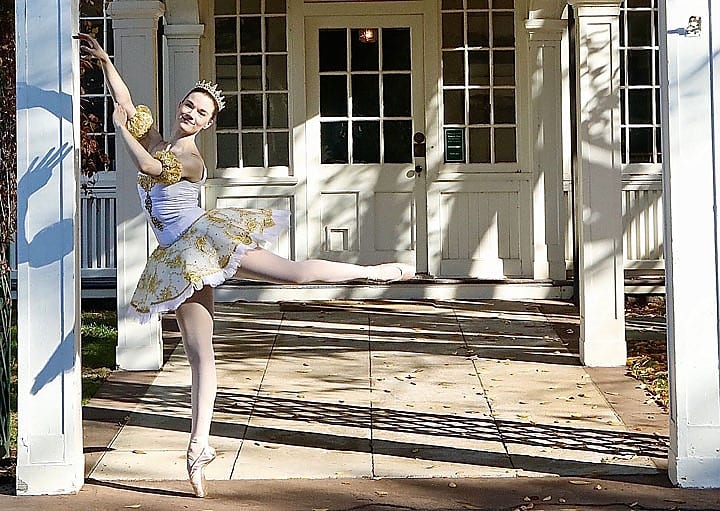
Ballet Theatre Company will be performing the Nutcracker at the Hill-Stead Museum this year, with dancers performing in a “snow globe” while the audience watches from outside. Courtesy of Hill-Stead Museum
The museum is preparing for a collaboration with the West Hartford-based Ballet Theatre Company, where dancers will perform scenes from the Nutcracker inside a “snow globe” at Hill-Stead while visitors watch from outside. Additionally, Hillstead is continuing to offer outdoor programming like winter camps for kids and is limiting how many people can be on a tour and in a room at a time.
Though the museum is doing well financially, Swinbourne said it will still need help from the public to sustain itself monetarily.
“None of these programs are moneymakers,” she said, adding that Hill-Stead has just launched its annual fund appeal. “We are hoping that through the course of the last weeks of the year that the response on the part of the public will help us make ends meet.”
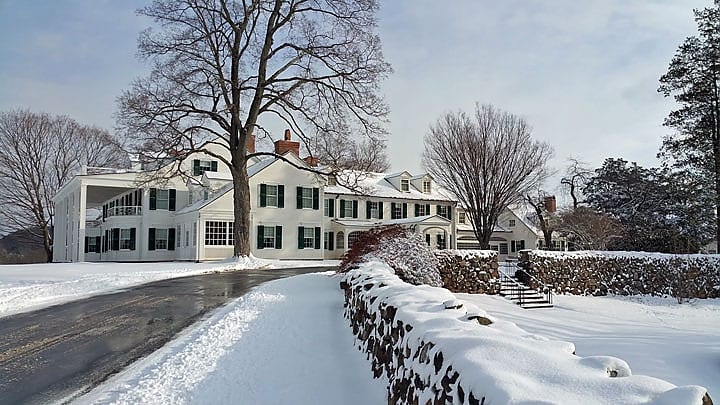
Hill-Stead Museum. Courtesy photo
At Hartford’s Connecticut Science Center, President Matt Fleury said he is anticipating the recovery process to last two to three years. The museum still hasn’t been able to bring back all of its team, and keeping with the pattern at other institutions, ticket revenue has taken a big hit.
“[The pandemic] is requiring us to reduce expenses, borrow money for bridging purposes and expect to be fighting our way back, but to be here for our community throughout,” Fleury explained. “We will not have a heroic return to normalcy in the near-term.”
Like most museums, the Science Center has made changes to hands-on activities and has introduced new hands-off ones, like an exhibit of Mayan culture and an upcoming display of animatronic dinosaurs. It’s also ramped up cleaning and sanitizing, made masks mandatory, managed crowd sizes and is doing temperature checks, too.
Fleury said that it’s only fitting for a museum dedicated to science to follow the advice of scientists. He hopes that the public will understand that keeping each other safe will help make COVID-19 go away faster, and therefore help museums.
“If we start to second-guess the obvious things that science is telling us, like ‘mask up,’ this is gonna be a longer road. The outlook [of the Science Center] significantly depends on whether our society is going to adhere to what the science is telling us to do,” Fleury concluded.
Republished with permission from CTNewsJunkie.com, all rights reserved.
Like what you see here? Click here to subscribe to We-Ha’s newsletter so you’ll always be in the know about what’s happening in West Hartford! Click the blue button below to become a supporter of We-Ha.com and our efforts to continue producing quality journalism.


